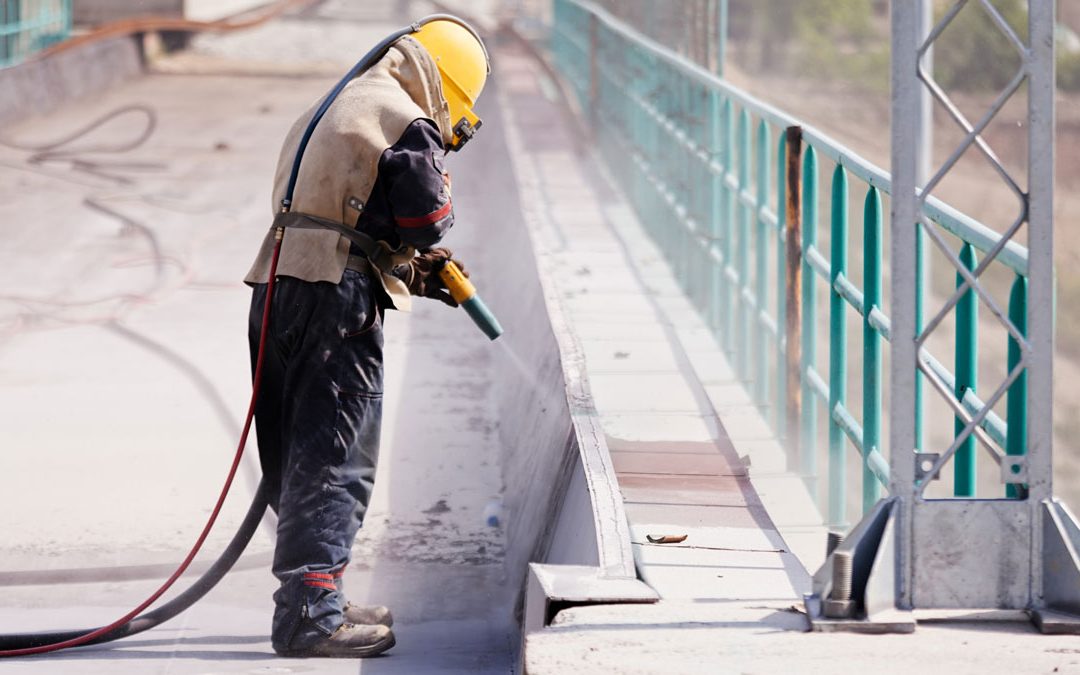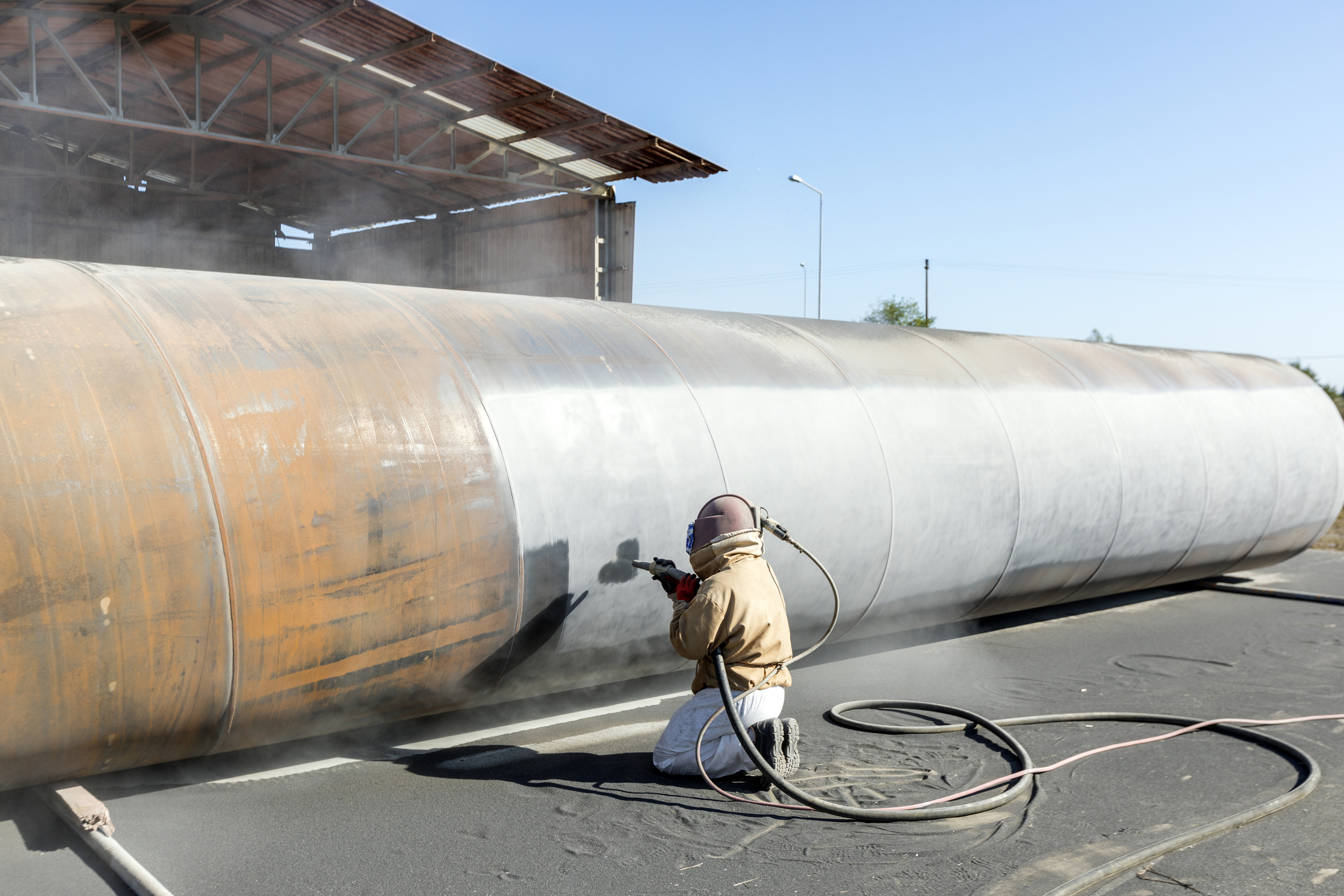Sandblasting, also known as abrasive blasting, is a powerful technique used to clean, smooth, or shape surfaces by propelling a stream of abrasive material at high pressure. Common applications include removing rust, paint, and scale from metal, as well as preparing surfaces for coatings or adhesion.
However, the immense power of sandblasting also presents significant safety hazards. Operators can be exposed to a variety of dangers, including:
- Respiratory hazards: Sandblasting creates a large amount of airborne dust, which can contain silica particles. Inhaling silica can lead to serious health problems, including silicosis, a debilitating lung disease.
- Eye injuries: Sand particles and other debris can strike the eyes at high velocity, causing permanent vision damage or blindness.
- Skin injuries: Exposure to abrasive material can cause skin irritation, cuts, and abrasions.
- Hearing loss: Sandblasting equipment generates significant noise levels that can damage hearing over time.
- Compressed air hazards: Improper use of compressed air can lead to serious injuries, such as decompression sickness (the bends) or air embolism (an air bubble trapped in the bloodstream).
Taking the necessary precautions can significantly reduce the risks associated with sandblasting. Here’s a comprehensive look at essential safety practices:
Personal Protective Equipment (PPE):
Wearing the right PPE is paramount for sandblasting safety. This includes:
- Abrasive blasting helmet: A pressurized helmet with a clean air supply provides complete head and respiratory protection.
- Hearing protection: Ear plugs or ear muffs are essential to guard against noise-induced hearing loss.
- Heavy-duty gloves: Leather or abrasion-resistant gloves protect hands from the blasting material.
- Blast suit: A full-body, tightly woven suit prevents abrasive material from contacting the skin.
- Safety boots: Steel-toed boots with good traction protect the feet from falling debris and electrical hazards.
Pre-Blasting Preparations:
Before commencing sandblasting operations, several crucial steps must be taken:
- Work area setup: The blasting area should be properly ventilated to remove dust and fumes. Ensure there are no flammable materials or bystanders in the vicinity.
- Surface preparation: The surface to be blasted should be inspected for any hazardous substances like lead paint. Proper removal procedures must be followed for such materials.
- Equipment inspection: Inspect all blasting equipment thoroughly for leaks, cracks, or worn hoses. Ensure all safety features are functioning correctly.
Safe Blasting Techniques:
While operating the sandblaster, prioritize safety with these practices:
- Maintain a safe distance: Always stand at a safe distance from the work surface to minimize the risk of ricocheting debris.
- Directional control: Keep the blast nozzle pointed away from yourself and others at all times. Never point the nozzle at any pressurized connections.
- Careful material selection: Choose the appropriate abrasive material for the job. Silica sand is a known health hazard and should be avoided unless absolutely necessary. Consider less hazardous alternatives like garnet or aluminum oxide.
- Dust suppression: Whenever possible, use water spray or a dust collection system to suppress airborne dust particles.
Post-Blasting Procedures:
Once sandblasting is complete, proper clean-up is essential:
- Wet methods: Use water or a HEPA-filtered vacuum cleaner to remove dust from the work area and surrounding surfaces.
- PPE disposal: Dispose of contaminated PPE properly to avoid spreading dust.
- Decontamination: Clean tools and equipment thoroughly to prevent dust accumulation.
Sandblasting is a valuable industrial technique, but it must be approached with caution. By prioritizing safety measures, including proper PPE, careful work practices, and a commitment to training, sandblasting professionals can significantly reduce the risk of injuries and illnesses. For a more in-depth exploration of safe sandblasting techniques and industry regulations, consider enrolling in a comprehensive online sandblasting course. Such a course can equip you with the knowledge and skills necessary to handle sandblasting projects confidently and safely.



Recent Comments